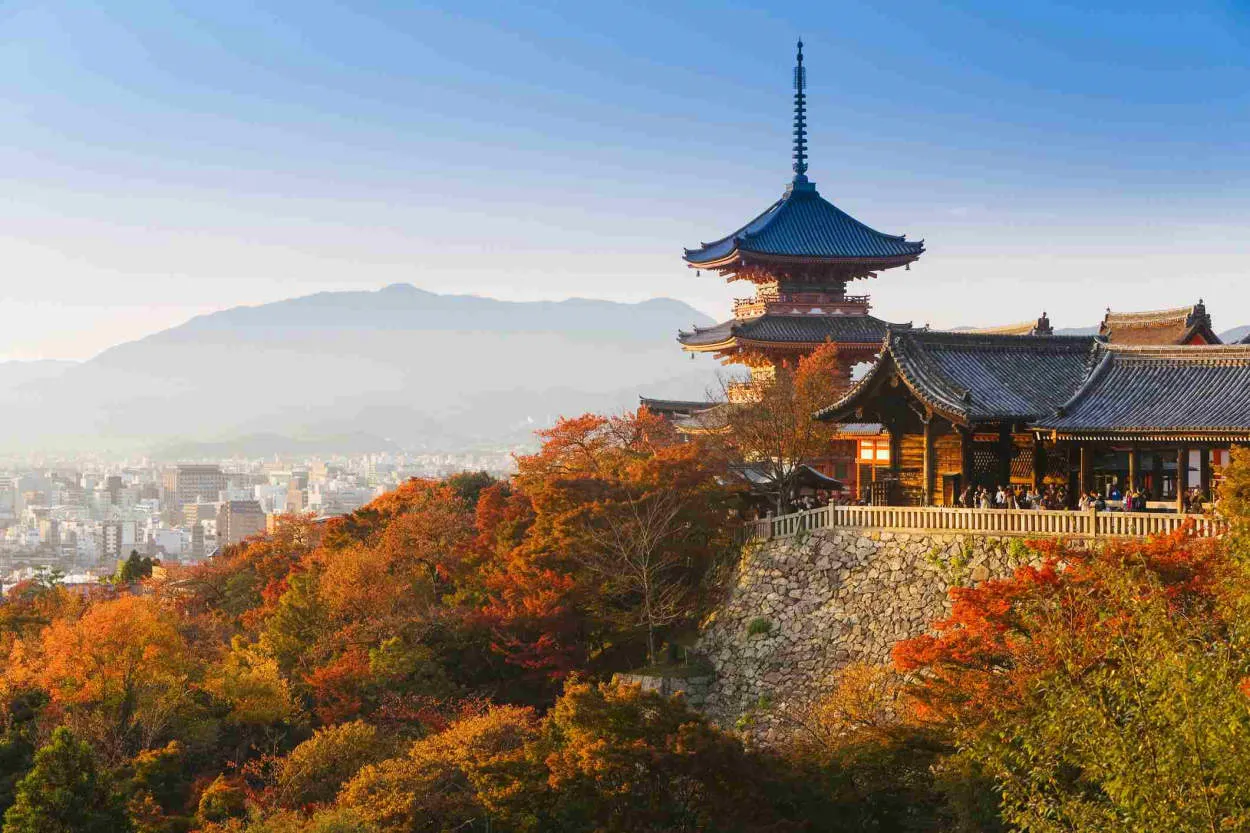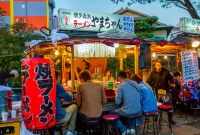Embark on a captivating cultural journey as we delve into the enchanting world of Kyoto’s temples and traditions. Discover the unparalleled beauty of ancient architectural marvels and immerse yourself in the rich cultural heritage that has made Kyoto a UNESCO World Heritage Site. Join us as we uncover the secrets and significance behind these extraordinary landmarks, offering a glimpse into the spiritual and historical heart of Japan.
Immersing in the Zen: Kyoto’s Temples and Gardens
In the enchanting city of Kyoto, Japan, lies a realm of tranquility and deep spiritual significance. Kyoto’s temples and gardens offer visitors a captivating journey into the rich cultural traditions that have been nurtured for centuries.
As you wander through the streets of Kyoto, you will find yourself surrounded by a blend of traditional and modern elements. However, it is in the temples and gardens where you truly get to experience the essence of Kyoto’s ancient traditions.
With over 1,600 Buddhist temples and hundreds of Shinto shrines, Kyoto is renowned for its religious heritage. Each temple has its unique charm and history, inviting visitors to delve into the world of Zen Buddhism and explore their own spirituality.
Noteworthy temples such as Kinkaku-ji (Golden Pavilion), Ginkaku-ji (Silver Pavilion), and Ryoan-ji with its famous Zen rock garden, leave visitors in awe of the architectural brilliance and serene atmosphere that prevails.
Equally stunning are Kyoto’s meticulously designed gardens. These lush green spaces are carefully created to reflect harmony, balance, and the natural beauty of the surrounding landscapes. The peaceful ambiance and exquisite aesthetics of gardens like the renowned Kiyomizu-dera and the enchanting Arashiyama Bamboo Grove provide a retreat for the soul.
Exploring Kyoto’s temples and gardens offers a chance to witness traditional tea ceremonies, calligraphy demonstrations, and the mesmerizing art of flower arrangement known as ikebana. These practices are deeply rooted in Japanese culture and continue to be honored and passed down from generation to generation.
Visiting Kyoto is like stepping back in time, where the past meets the present, and ancient traditions coexist with modern life. Through its temples and gardens, Kyoto invites you to immerse yourself in the Zen-like atmosphere, reconnect with nature, and gain a deeper understanding of Japan’s rich cultural heritage.
The Rich History of Geisha Culture in Kyoto
When exploring the temples and traditions of Kyoto, one cannot overlook the fascinating history of Geisha culture. Dating back to the 18th century, Geishas have played a significant role in Japanese entertainment and arts, particularly in Kyoto.
The Geisha tradition originated in the city as a form of sophisticated entertainment for wealthy and influential individuals. Geishas, meaning “art person,” are skilled performers proficient in various traditional Japanese arts such as dance, music, and tea ceremonies.
Geishas are easily recognizable by their distinct attire, including their elaborate kimonos, white make-up, and intricate hairstyles. They often perform in traditional teahouses called ochayas where guests can witness their artistic abilities firsthand.
Becoming a Geisha requires years of rigorous training and apprenticeship under experienced Geisha mentors called “Geiko.” These mentors guide them in mastering the art forms and teach them the complex traditions and etiquette associated with being a Geisha.
The Geisha culture faced significant challenges during times of war and modernization but managed to survive and adapt. Today, Geishas continue to enchant visitors with their graceful performances and preserve the traditions and cultural heritage of Kyoto.
Experiencing Traditional Tea Ceremonies in Kyoto
Kyoto, with its rich history and cultural heritage, offers visitors a unique opportunity to immerse themselves in traditional Japanese tea ceremonies. This centuries-old practice, known as chanoyu or the Way of Tea, is deeply rooted in Japanese culture and represents a profound spiritual experience.
When partaking in a traditional tea ceremony in Kyoto, you will enter a serene and meticulously designed tea room, often located within a temple or a traditional Japanese garden. As you step into this tranquil environment, you will be transported to another time and place.
The tea ceremony is not merely about drinking tea; it is a performance art that encompasses harmony, respect, purity, and tranquility. The host will gracefully prepare matcha, a powdered green tea, using traditional utensils. Every gesture and movement has meaning, from the precise whisking of the tea to the mindful placement of the utensils.
Throughout the ceremony, you will be encouraged to focus on the present moment and savor the flavors and aromas of the tea. The atmosphere is meditative, and the experience promotes a sense of inner calm and reflection.
Engaging in a tea ceremony is also an opportunity to learn about Japanese aesthetics. From the elegant simplicity of the tea room’s design to the artful pottery and beautiful utensils used in the ceremony, every element is thoughtfully chosen to enhance the overall experience.
Participating in a traditional tea ceremony in Kyoto allows visitors to not only appreciate the artistry and craftsmanship involved but also gain a deeper understanding of Japanese culture. It is a chance to connect with the past and embrace the enduring traditions that make Kyoto a captivating destination.
Conclusion
In conclusion, Kyoto offers a captivating cultural journey with its temples and traditions. From the serene beauty of the Kinkaku-ji and the ancient spirituality of the Fushimi Inari Taisha, to the graceful geisha traditions in Gion district, visitors can immerse themselves in the rich heritage of Japan. Exploring Kyoto’s temples and embracing its traditions is an unmissable experience for those seeking a deep understanding of Japanese culture.




